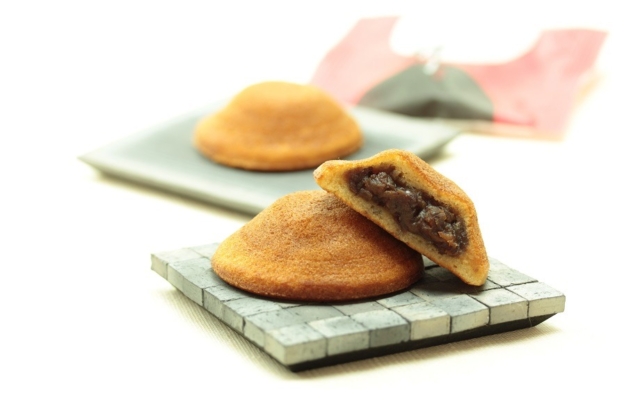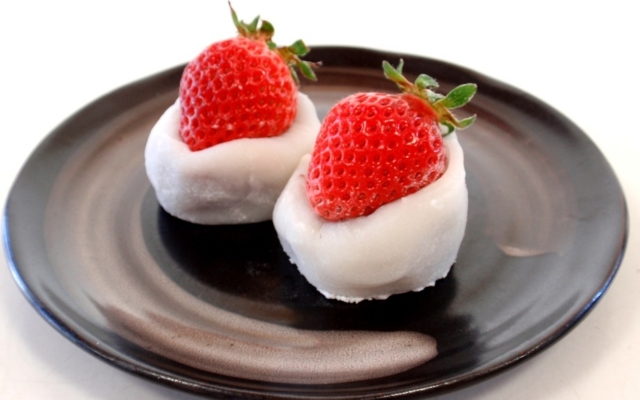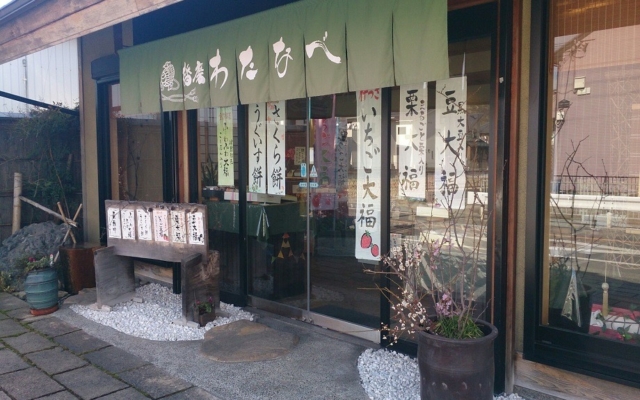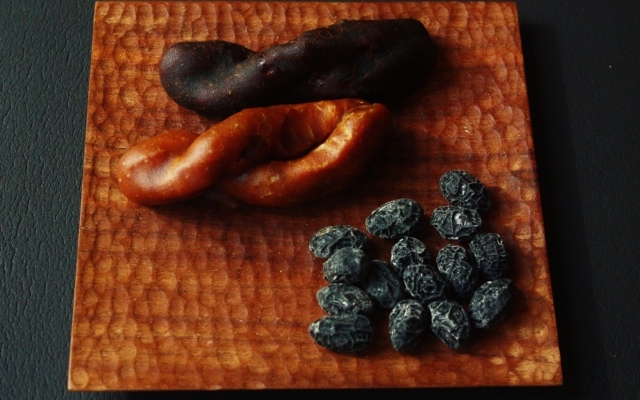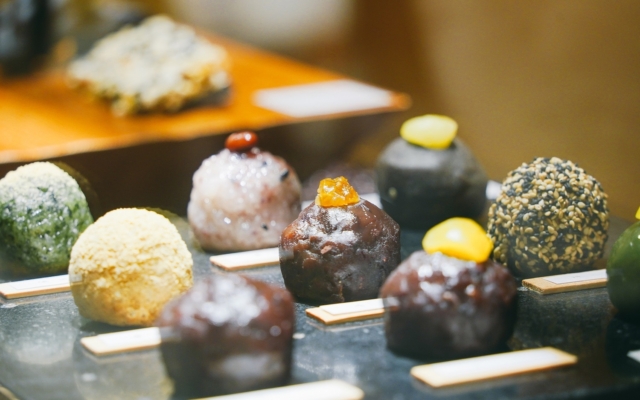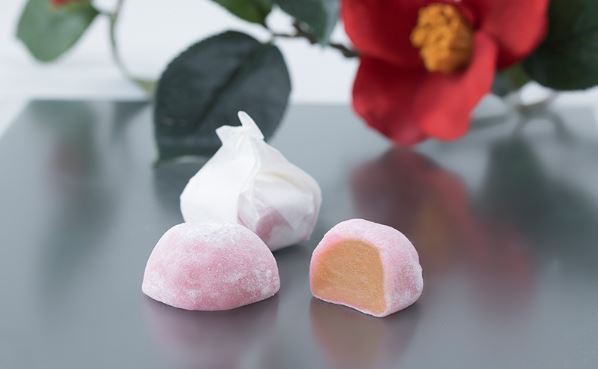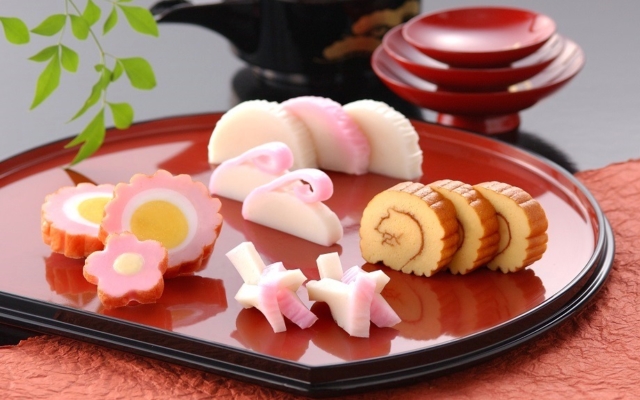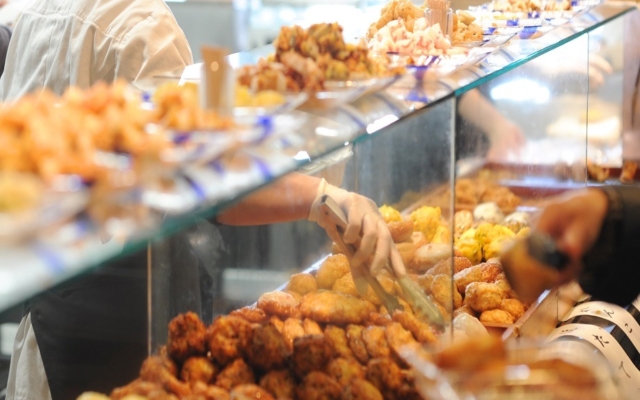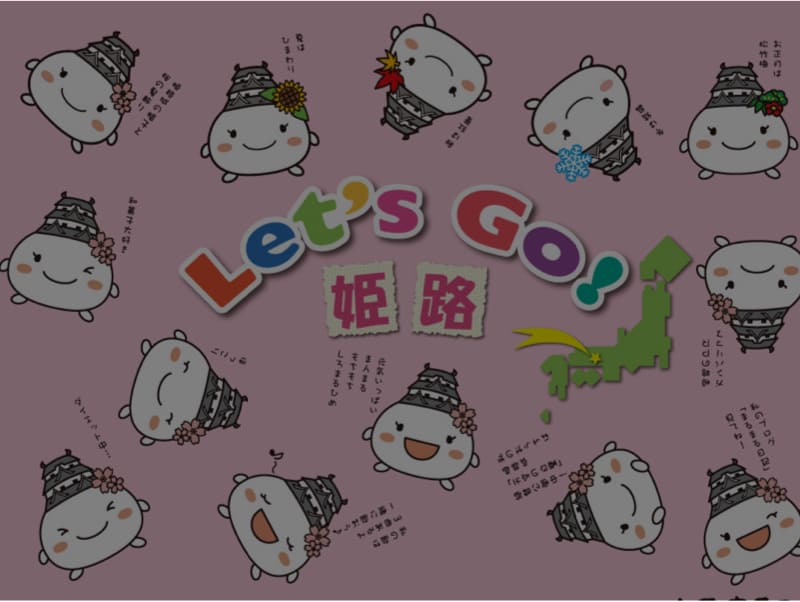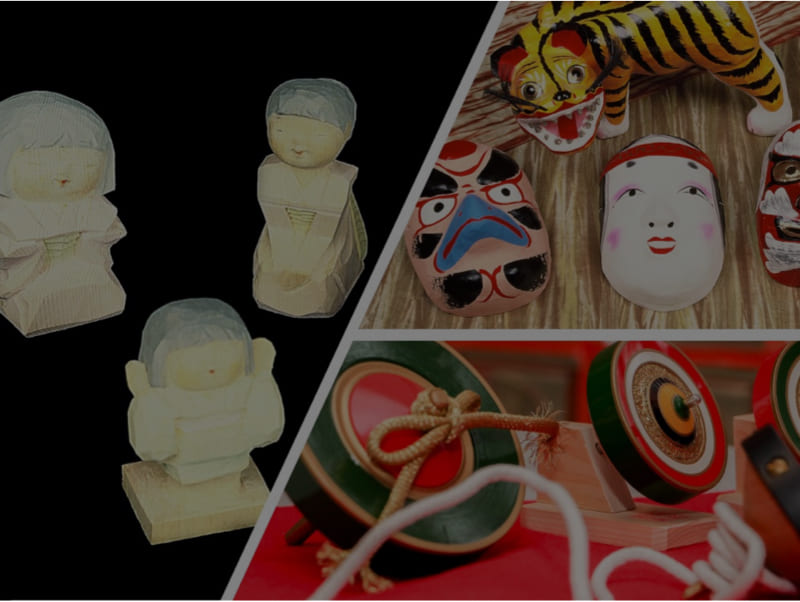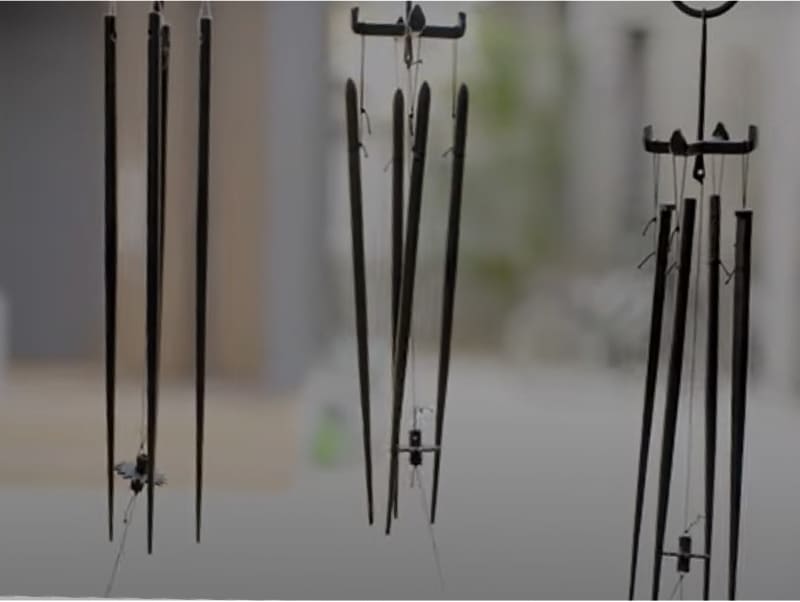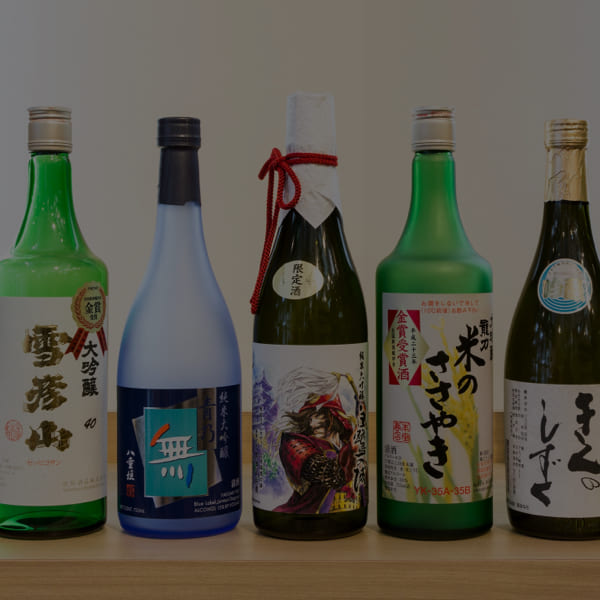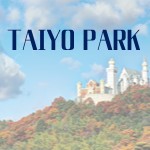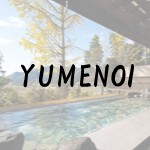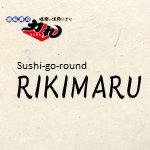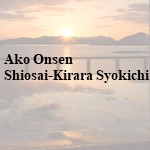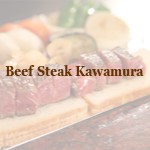Local GoodsHimeji Foods

In the late Edo period (1603-1868), a culture of sweets production flourished in Himeji as the successive heads of the Sakai clan, the feudal lords of the domain, had a fondness for tea ceremony. When Tadazane Sakai became feudal lord, he ordered Sunno Kawai, the Sakai retainer, to conduct financial reforms and bring products from across the land to the castle. During that time, Kawai, who was also a tea master, encouraged the production of traditional Japanese sweets as a part of his efforts to promote local industry, and sent craftsmen as far as Edo (modern Tokyo), Kyoto, and Nagasaki to learn confectionary-making techniques. As the practice of tea ceremony spread, the popularity of these traditional sweets swept all across the region, and its fried sweets became known across Japan as Banshu Area Sweets, famed for their quality ingredients.
Himeji faces the Harima Sea, a rich fishing ground within the calm waters of the Seto Inland Sea. Because of the ease of access to fresh seafood here, the production of kamaboko fish cakes has long flourished in the area.

